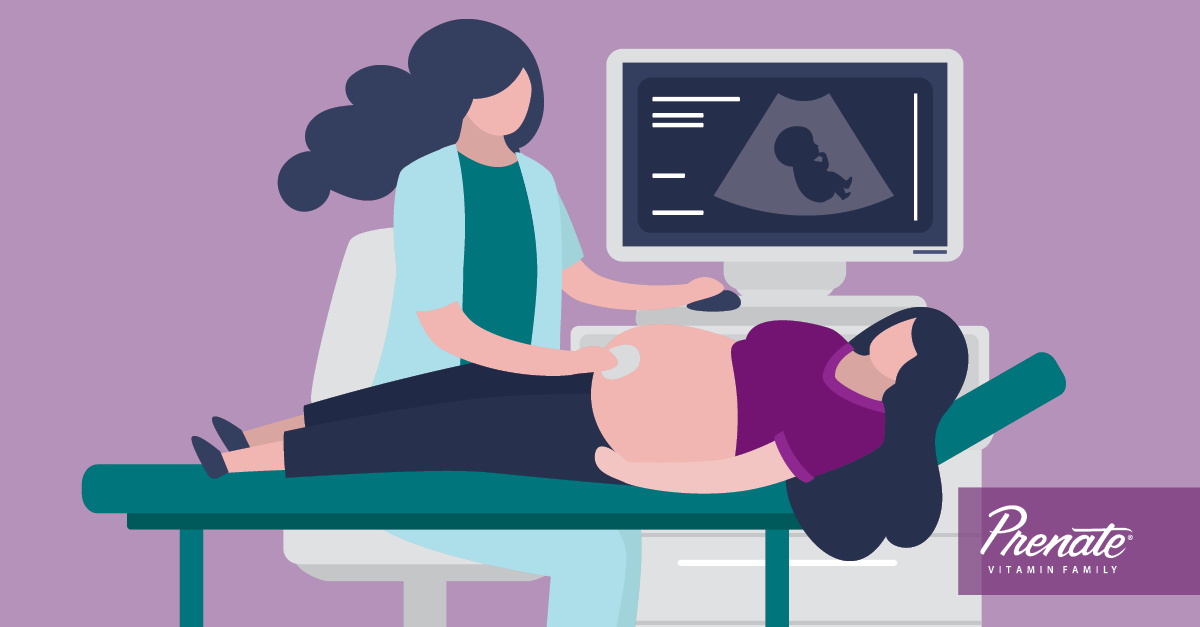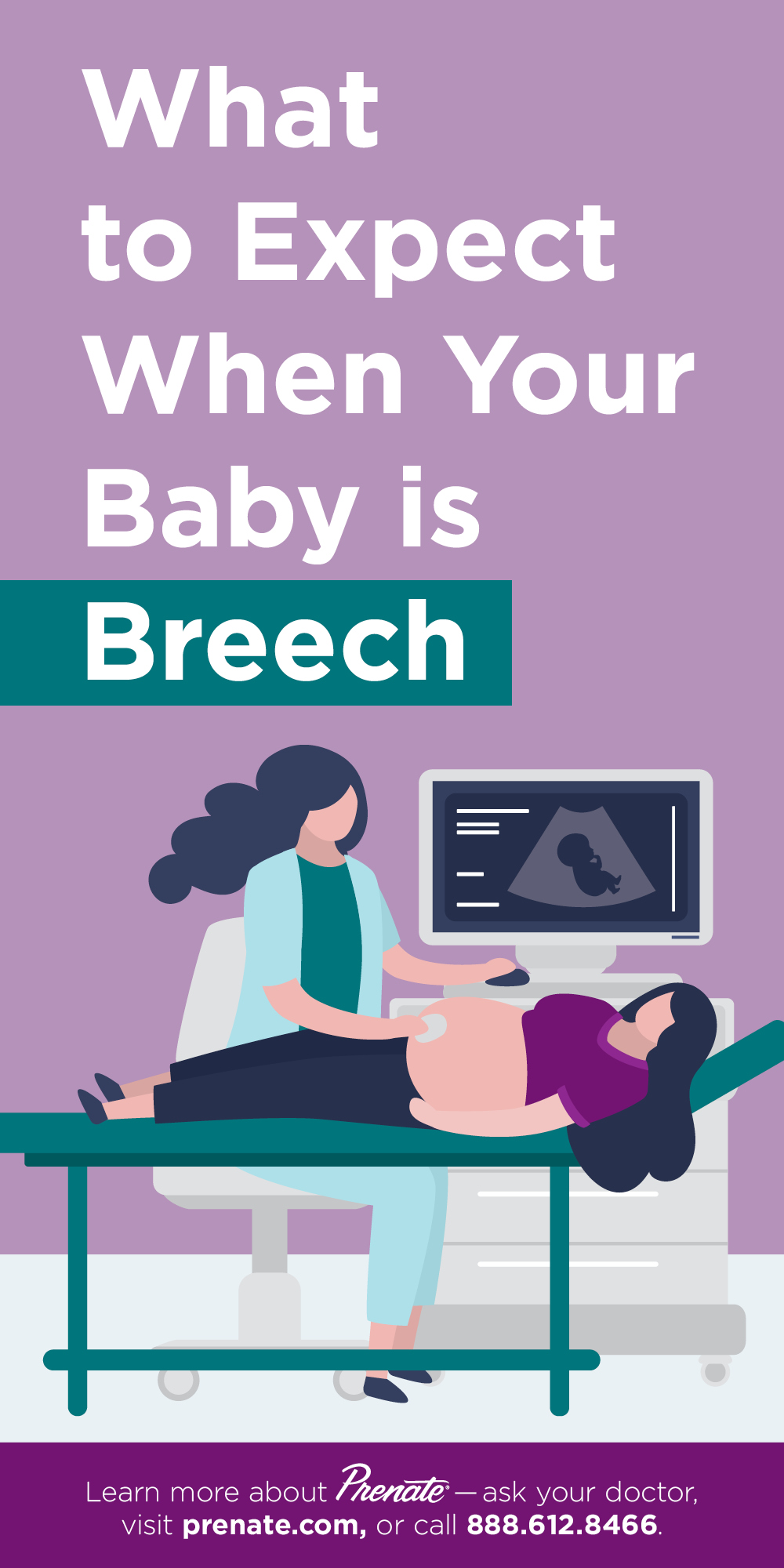What to Expect When Your Baby is Breech
March 12, 2021
Ideally, before you give birth, your baby will start to move into position for a safer delivery. However, not every baby gets the memo. Sometimes, those little ones are perfectly happy to keep their heads up and their feet pointed down. Sure, that may seem like the natural position to us, but it’s definitely not the best for traveling down through the birth canal. When a baby has its head upright and its bottom or its feet toward the ground, it’s known as the breech position.Although it is still possible to have a healthy and safe breech delivery, it’s not ideal. Fortunately, there are a few methods that can be tried to coax your baby into a better position. If your baby is still reluctant to move, don’t panic. It is still possible to safely deliver a breech baby.
What is Breech Position?
During the last few weeks of pregnancy, your baby will most likely move its head into a position that allows it to come out of the vagina first. This is known as the vertex presentation. A breech presentation, or breech position, is when a baby does not move its head into the vertex position and instead has its buttocks or feet facing downward toward the birth canal.1
It’s unclear exactly why some babies assume a breech position; however, there are certain factors that may contribute to your baby being breech1:
- You’ve been pregnant before.
- There are multiple fetuses in the uterus.
- There is an imbalance of amniotic fluid (too much or too little).
- The uterus is an abnormal shape or has abnormal growths such as fibroids.
- The placenta covers all or part of the opening of the uterus.
- The fetus is preterm.
In some cases, birth defects may cause a baby to be breech; however, most breech babies do not have birth defects or health problems.1
Complications Associated with Breech Positions
Giving birth to a baby in the breech position may have higher risks of complications. For example, during a vaginal birth of a breech baby, the baby’s body comes out first and the head comes out last. The baby’s body may not be wide enough to successfully stretch the cervix enough to allow the head to pass through. This can cause the baby’s shoulders or head to become wedged against the mother’s pelvic bones.1
Another problem that may occur during a breech vaginal birth is a prolapsed umbilical cord. This occurs when the umbilical cord slips into the vagina before the baby is delivered. If pressure is put on the cord or it gets pinched during the delivery process, it can decrease blood flow and oxygen delivery to the baby.1
In some breech cases, a doctor will order a cesarean section, or C-section, delivery. This is a surgical procedure in which the baby is delivered through incisions in the abdomen and uterus.2 Although C-sections are usually considered safe and are often a safer method of delivery for women who are high-risk or who may have developed complications, they are still a major surgery. And like any major surgery, C-sections are not without risk. Complications from a C-section may include infection, bleeding, or injury to internal organs.1 Certain types of anesthesia may also cause problems. Risk of complications to the uterus and placenta may rise in future pregnancies after having a C-section. These risks increase with each C-section surgery.1
How to Get Baby into Position for Birth
In some cases, all you need to do is be patient. If you still have a few weeks to go before your due date and your baby has not repositioned, don’t panic. Consult your doctor for ideas on how you can get your baby to reposition. They may suggest doing some light exercise or practicing some specific movements such as the “breech tilt,” which is basically just lying down on the floor and raising your hips while keeping your feet flat on the floor.3
Prenatal massage, chiropractic care, and even specific types of acupuncture may also be helpful for some expecting moms.3
Last but not least, there is a technique called external cephalic version (ECV), in which a doctor manually applies pressure to a mother’s stomach in an attempt to move the fetus into the correct position. This procedure is typically done with the aid of ultrasound and heart monitors to make sure no harm is done to the baby. Risks of ECV are small, but can include early-onset labor, premature rupture of the membranes, some blood loss from the baby or mother, and fetal distress.3
Prenate® Vitamin Family
This post is brought to you by the Prenate® Vitamin Family, a line of prescription prenatal supplements designed to enhance preconception, prenatal, and postpartum nutrition in women. Talk with your doctor about how taking a daily prescription prenatal or postnatal vitamin could help support a healthy pregnancy and postpartum wellness.













